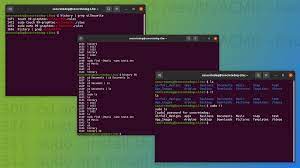How Many Watts Does a TV Use and How Much Is It Costing to Watch?

When it comes to buying a new TV or simply using the one you have at home, it’s important to know how much energy it consumes and how much it costs to watch it. With increased energy efficiency and low power consumption being key factors in purchasing decisions, every TV owner must be aware of the power consumption and its cost.
So, how many watts does a TV use and how much is it costing to watch? Let’s explore.
How many watts TVs use?
The power consumption of a TV varies according to its make, size, model, and features. Generally, newer TVs, especially the energy-efficient LED models, consume lower wattage than older models. The size of the TV is another important factor that affects its power consumption. Larger screens tend to use more power, so if you are looking for an energy-efficient TV, go for a smaller model.
On average, a 32-inch LED TV uses around 30 to 40 watts of electricity per hour, while a 55-inch LED TV consumes around 60 to 90 watts per hour. In contrast, older CRT televisions could consume as much as 400 watts an hour.
How much does it cost to watch TV?
The cost of watching a TV depends on several factors, including your electricity rate, the TV’s wattage, and how many hours you use your TV. To calculate the cost of running your TV, you’ll need to know your local electricity rate in kWh, which you can find on your electricity bill.
Using data from a 2019 study by Energy.gov, the average cost of electricity in the United States is around $0.13 per kWh. So, if you use a 32-inch LED TV for four hours a day, for a month (30 days), it will cost you approximately $3.70 per month (30*4*0.13= $15.6/ 4 hours= $3.90). Similarly, a 55-inch LED TV running for four hours a day would cost around $5.85 per month (30*4*0.13= $15.6/ 4 hours= $5.87).
It’s worth noting that energy-efficient TVs such as LED, OLED, and plasma models consume less power, making them cheaper to operate. On the other hand, older CRT and projection TVs use more energy than newer models, making them more expensive to operate.





